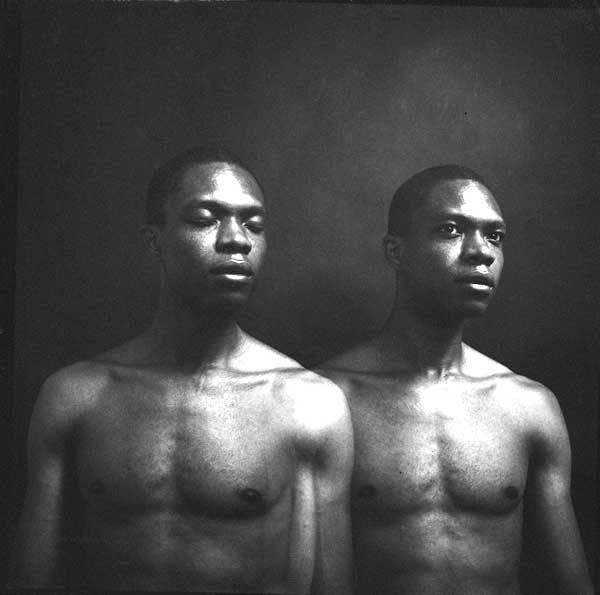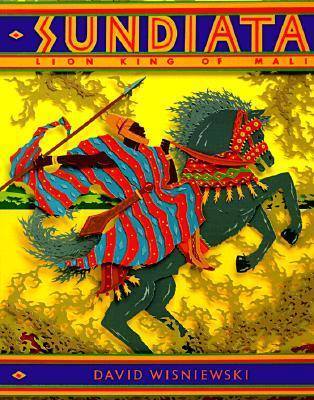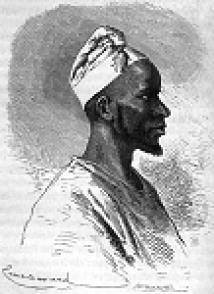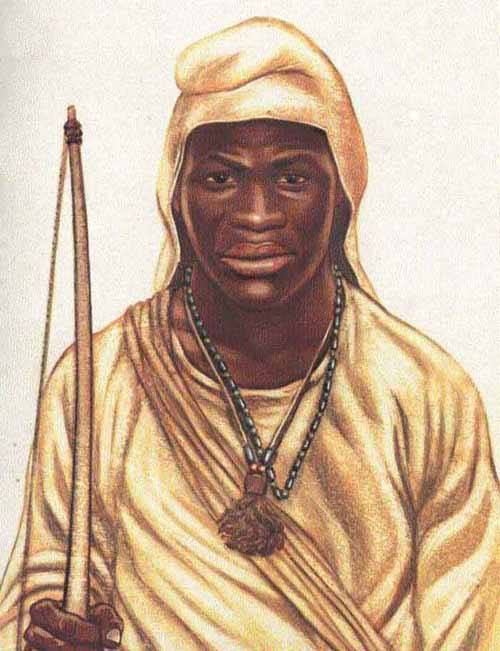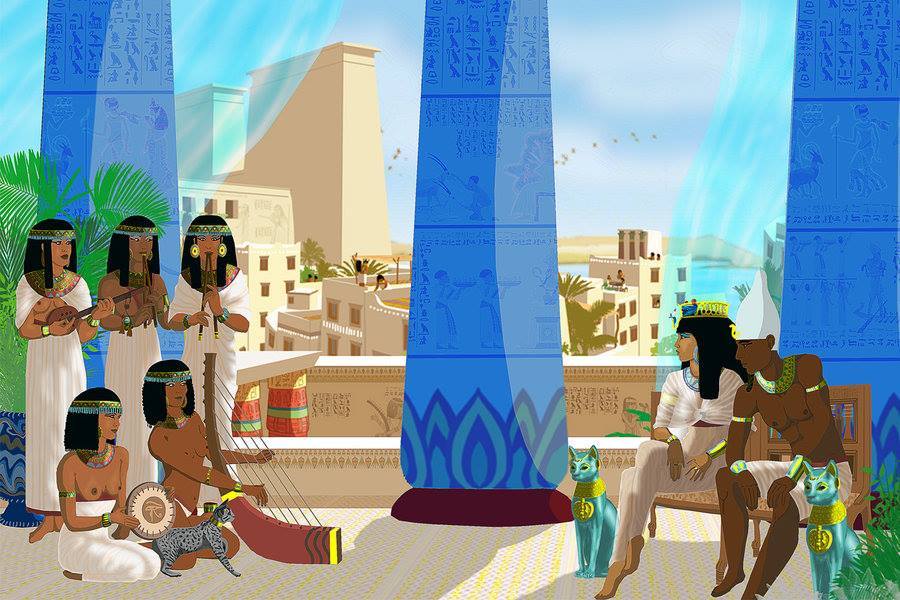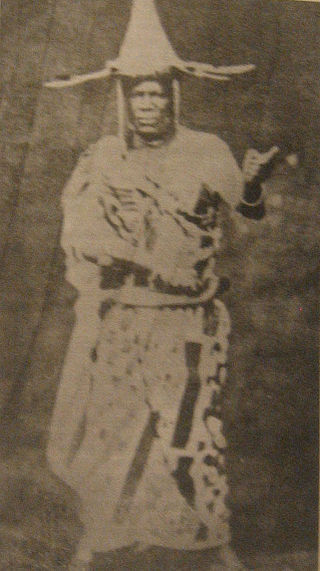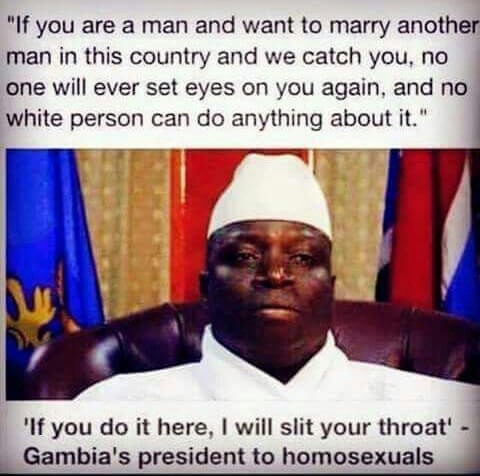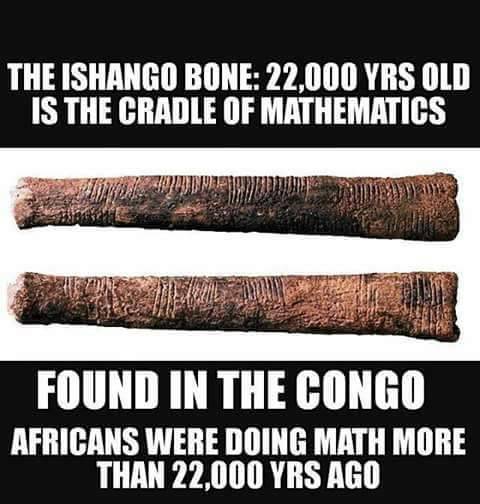Jaja of Opobo (full name: Jubo Jubogha; 1821–1891)
Was a merchant prince and the founder of Opobo city-state in an area that is now part of Nigeria. Born in Umuduruoha, Amaigbo, in Igboland, he was sold at about the age of twelve as a slave in Bonny. Jumo Jumofe later took the name “Jaja” for his dealings with the British
Jaja was a political strategist who succeeded to the headship of Opubo House in 1866. On the other divide was Fubara House. The two Houses were at logger head. The appointment of Alali from Opubo House as the sole Regent of Bonny, King William Dappa Pepple (Opubo’s Son) having been exiled in 1854, provoked more aggressiveness on the part of Fubara section.
The tension was such that when Illoli became head of Opubo House, he mooted, for the first time to the Chiefs of Opubo House, the idea of eluding Bonny to establish on the existing site on which Opobo Town now stands the site having been discovered during the Bonny/Andoni War of 1836- 1843.
Jaja was also a military strategist on how he managed the war to see Opubo House victorious. Mr. E. M. T. Epelle in his book Opobo Town in A Century writes in pages 4-5.
“The ping of slugs and pellets sounded every where in the town,… But the harassing fusillade of the detachment of Opubo section symmetrically garrisoned rendered immediate defeat, by the Fubara section, absolutely impossible, though the engagement appeared at the outset in favour of the Fubara section. In the main town the engagement was by sieges, there was no pitched battle; but the influx of ammunitions, to the Fubara was unprecedented. Handicapped by paucity of ammunitions, the Opubo section averted annihilation by their maneuvers in repulsing attacks…”
Artilleries were employed and the atmosphere of the town became charged… Buildings were rived by the incessant booms and recoils of huge ordinances. But the Opubos though homeless and losing largely both in men and in material, were not despondent. Prescient as Jaja was, his first order to the Opubos at the different market was to defend occupied areas, but not to engage in an offensive as military supplies were inadequate for large-scale operations. Jaja had a standing effective army of well over 4,000 men. His military might was of great attraction to Britain. He had the knack to save people in distress. In 1874 Britain was engaged in war against the Ashanti. Sir Garnet Wolesely who conducted the operations appealed for African troops who understood native military tactics. Consul Harley appealed to Jaja in this regard for a contingent. Jaja furnished fifty men under Captain Young Jaja who acquitted themselves creditably.
In grateful appreciation of Jaja’s contribution to the Ashanti War, Her Majesty Queen Victoria presented to King Jaja a silver sword (looted during the Nigerian Civil War) with the following incorruptions. “Presented by command of her Majesty the Queen of Great Britain and lreland as a mark of esteem and friendship to KING JAJAOF OPOBO….” The sword was presented in April 1875, by Consul Harthy in the presence of Mr. Knight and Mr. G. M. Moore both mercantile agents from Bonny who traveled to Opobo to witness the presentation ceremony. Opobo was now in a strong position among her neighbors. She was now used widely to arbitrate among warring neighbours. She took part on the arbitration panel for settlement of disputes between the Okirikas and kalabaris as well as in the Kalabari dispute of 1879.
Jaja had great economic potentials His sagacity in terms of business was overwhelming. In December, 1884, a conflict arose between Opobo and Britain, over a new form of treaty presented without discussion for the King and Chiefs of Opobo to sign. It was called a treaty of protection. After much dispute and exchange of correspondence on the issue, Opobo people led by Jaja and his Chiefs accepted the treaty but expunged Article six, which death with “ Free trade” and the right of European traders and visitors, not just the consul or the Senior Naval officers alone, to travel to any part of the hinterland, cross the “ Whitman’s beach” and the limits set up oppossite Hippopotamus River by the Anglo-Opobo Treaty of 1873, use the rivers and waterways in and around Opobo at will and trade anywhere with anyone the British traders would like to deal with (see Opobo Since 1870 by Dr. S. O. Jaja page xxiii and xxiv).
Jaja was a remarkable enlightened man. He valued education. He sent his son Sunday Jaja, to Glasgow for education. If Christianity could have come without upsetting the fabric of the society, as it seemed to have done in Bonny, he would happily have allowed it. As he often told the missionaries he wanted hid subjects to “Saby book” (African Times I May 1885, S. Griffiths, pp. 97-9) Jaja was able to have a school established in Opobo without any Christian activity attached to it. This he did through one Miss white, an American negress of whom he became enamoured. Although she was poor when she arrived Opobo her remarkable talents and force of character attracted Jaja’s attention. She found her way into his good graces and was advanced step by step. She changed her name to Emma Jaja and married an Opobo man by name Johnson.
While the tempo of the new found Christian religion was soaring, the one man who discerned from the beginning the palpable danger of Christian missions to the social and political heritage of Southern Nigeria, and who spared no efforts to destroy the new fanggled faith, was Jaja, the greatest political figure in the Bight of Benin and Biara of his time.
In Bonny, Oko Jumbo was the first to learn reading and writing. Took the Bible to the Qua Eboe River, Bonny’s Chief oil market, and indicated that he would not object to Christianity spreading there (C. M. S.CA3/010, W. E. Carew : Journals, 3 June, 1868). Oko Jumbo became an ardent reformer, announced in 1868 an end to twin murder and supervised the slaughtering of the iguanas, the big lizard which was the animal totem of Bonny. He refused to sign the letter of invitation to Bishop Crowther in 1864. ( C. M.CA3/02, D.C. Crowther of Venn, 27th Feb. 1867). At first he toyed with the new learning, but soon gave it up and refused to put any child in school. He was dismayed by the desertion of the temple, which he rebuilt to make it superior to the church and school building.
Sleeping under three chickens suspended from the roof with heads down wards, four of his lieutenants propitiated the gods by sacrificing human beings, goats and fowls. He frankly told the missionary (who warned him that it was his adherence to a false faith that brought about the illness) that his Jaja’s, theology was not unsound, for he believed in the supreme being who ordained human destiny. (C.M.S. CA3/010, W. E. Carew: journals, 21 June, 1868; quotes Jaja’s ‘true; He do anything he likes and no fit as Him what thing he do’.)
It was not therefore by accident that chief priest Jaja chose a Sunday, 12 September 1869, to challenge the Manilla Pepples to begin fighting, and invitation which the latter, being “Christian”, rejected until the following day. (F. O. 84/1/1398, Livingstone to Stanley, 26 October 1869). It was not an accident either that Jaja’s greatest grievance against his enemies was the cold-blooded murder of his women and children by the Manilla Pepples by offering their women and children by the Manilla Pepples in the “Sacred Juju Town” in the Kingdom of Bonny.F. O. 84/1308, Livingstone to Clarendon, 6 June 1870).
Added to his aversion to missionary enterprise was the strong support which the missionaries naturally gave to the Manilla Pepples by offering their women and children protection in the Mission House, while Jaja’s own people were slaughtered mercilessly for lack of protection. It is nothing therefore to wonder at that once he left Bonny he determined to exclude missionaries from his territory at all cost.
Jaja refused to experiment in Opobo. Neither Moseletatse of Matabeland nor Mutese 1 of Buganda was gifted to see in the ostensibly friendly and altruistic missionary the harbinger of both European exploiter and administrator until it was too late.
Jaja’s balanced view of situations was unpralled. Unlike other traditional rulers, He was not a reactionary traditionalist willing to resist all manifestation of foreign culture. He accepted the technological side of European civilization whenever he saw that it could lead to true progress. But, even then, he did this selectively, allowing both the European and the African to jostle together rather than allowing the latter to be entirely discouraged. Hence he disapproved of semi-nakedness of the Delta peoples, he himself adopted some thing like a naval rig but wore it sparingly. While he placed all kinds of European alcohol at the disposal of his European friends, he allowed his Chiefs to taste palm-wine only, himself remaining teetotaler because he believed that ‘Drink make man fool’ and was unworthy of any African ruler worth his salt.
The story of Jaja’s life and death may take a hundred years to tell and write. His trial and exile evoked enough controversy in the British Parliament. Born in 1821 he died in 1891. He died on his way from exile. Buried in the Spanish island of Tenerife his body was exhumed and re -interred in Opobo. He was buried in the manner and style of an Ibani King. The funeral ceremony lasted 32 days during which the entire Opobo people mourned the loss of their great King.
No assessment of King Jaja’s life could be worthier than the following inscription on the marble base of his Statue.
A King in title and in deed
Always just and ever generous
Respected and revered in life
Lamented and mourned by all when dead!
Jaja’s attachment to juju must be seen in the context of the traditional African society. Scholars of African religion and anthropologists are agreed on the fact that religion is central to the life of the Africans.
